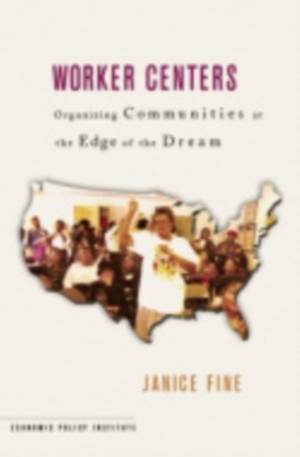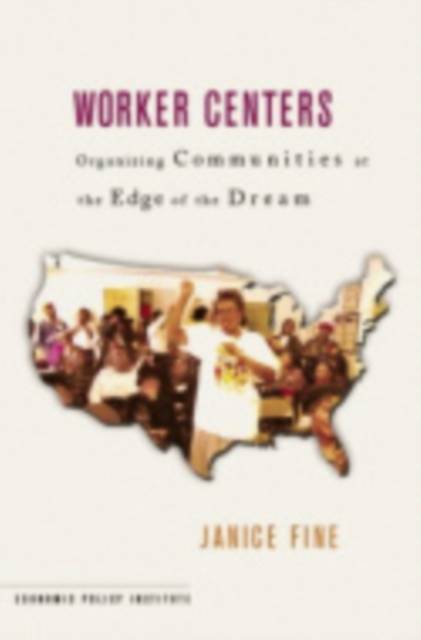
- Afhalen na 1 uur in een winkel met voorraad
- Gratis thuislevering in België vanaf € 30
- Ruim aanbod met 7 miljoen producten
- Afhalen na 1 uur in een winkel met voorraad
- Gratis thuislevering in België vanaf € 30
- Ruim aanbod met 7 miljoen producten
Omschrijving
Low-wage workers in the United States face obstacles including racial and ethnic discrimination, a pervasive lack of wage enforcement, misclassification of their employment, and for some, their status as undocumented immigrants. In the past, political parties, unions, and fraternal and mutual-aid societies served as important vehicles for workers who hoped to achieve political and economic integration. As these traditional civic institutions have weakened, low-wage workers must seek new structures for mutual support. Worker centers are among the institutions to which workers turn as they strive to build vibrant communities and attain economic and political visibility. Community-based worker centers help low-wage workers gain access to social services; advocate for their own civil and human rights; and organize to improve wages, working conditions, neighborhoods, and public schools.In this pathbreaking book, Janice Fine identifies 137 worker centers in more than eighty cities, suburbs, and rural areas in thirty-one states. These centers, which attract workers in industries that are difficult to organize, have emerged as especially useful components of any program intended to assist immigrants and low-wage workers of color. Worker centers serve not only as organizing laboratories but also as places where immigrants and other low-wage workers can participate in civil society, tell their stories to the larger community, resist racism and anti-immigrant sentiment, and work to improve their political and economic standing.
Specificaties
Betrokkenen
- Auteur(s):
- Uitgeverij:
Inhoud
- Aantal bladzijden:
- 336
- Taal:
- Engels
- Reeks:
Eigenschappen
- Productcode (EAN):
- 9780801472572
- Verschijningsdatum:
- 15/02/2006
- Uitvoering:
- Paperback
- Formaat:
- Trade paperback (VS)
- Afmetingen:
- 148 mm x 224 mm
- Gewicht:
- 471 g

Alleen bij Standaard Boekhandel
Beoordelingen
We publiceren alleen reviews die voldoen aan de voorwaarden voor reviews. Bekijk onze voorwaarden voor reviews.











